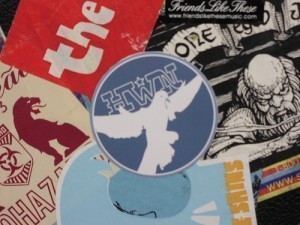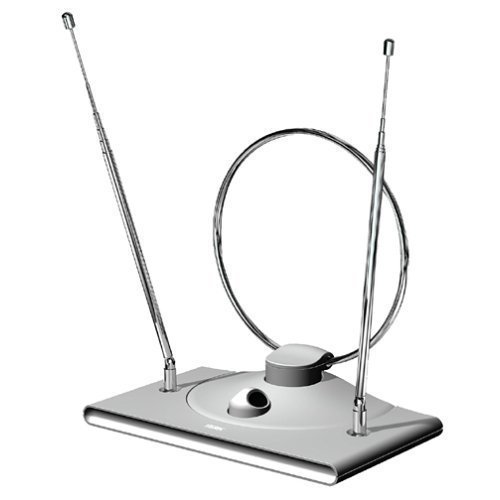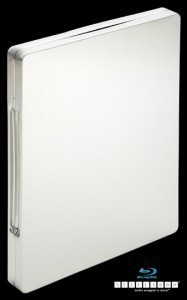CD Measurements
As a standard in storing audio and digital data, we tend to think of the  Compact Disc as a relatively recent innovation. But in fact, the format has been around since the 1980’s, and the technology had been in development as far back as the 1970’s.
Compact Disc as a relatively recent innovation. But in fact, the format has been around since the 1980’s, and the technology had been in development as far back as the 1970’s.
Spinning-off from the Laserdisc video format, Sony had been developing optical digital audio disc technology, with public demonstrations in September 1976 and September 1978. Philips would demonstrate their own prototype in March 8, 1979. Later that same year, both firms jointly began developments on the Compact Disc-Digital Audio (CD-DA) format. Following a year of discourse and testing, the co-manufacturing effort would yield the Red Book audio CD standard.
The first CD test recording, Richard Strauss’ Eine Alpensinfonie (“An Alpine Symphony”) by the Berlin Philharmonic, was pressed in 1981. In October 1, 1982, Sony unveiled the first CD player, the CDP-101, and the first commercially-released CD album (“52nd Street” by Billy Joel). In 1983, Sony and Philips co-produced the Yellow Book CD-ROM standard, which now enabled the compact disc to store read-only digital information for use on a computer.
The most common measurement for a regular compact disc is a diameter of 120 mm (12 cm). These standard-sized CD’s can contain 74 up to 99 minutes of sound and are capable of holding 650 to 870 MB of digital data. This size has since been used for successive CD formats such as Super Audio CD (SACD), Super Video CD (SCVD), Digital Versatile Disc (DVD), High Definition DVD (HD DVD), and Blu-ray.
Mini CD’s have a measurement of 80 mm (8 cm), with an audio capacity of 21 to 24 minutes and a CD-ROM data capacity of 185 to 210 MB. The format was initially intended for CD singles, but it never really caught on. At present, most singles (referred to as Maxi singles) are released on the 120 mm standard compact disc size. Mini-CD’s are still in use as device drivers.
Aside from the two standard CD measurements, there are also so-called Novelty CD’s that come in various sizes and shapes. Mainly used for marketing purposes, the most frequent variety is the “Business card” CD, which is basically a single compact disc with the top and bottom portions of it removed to make it look like a business card. Its diameters are 85×54 mm to 86×64 mm, with a 6-minute audio capacity and a 10 to 65 MB data capacity.





